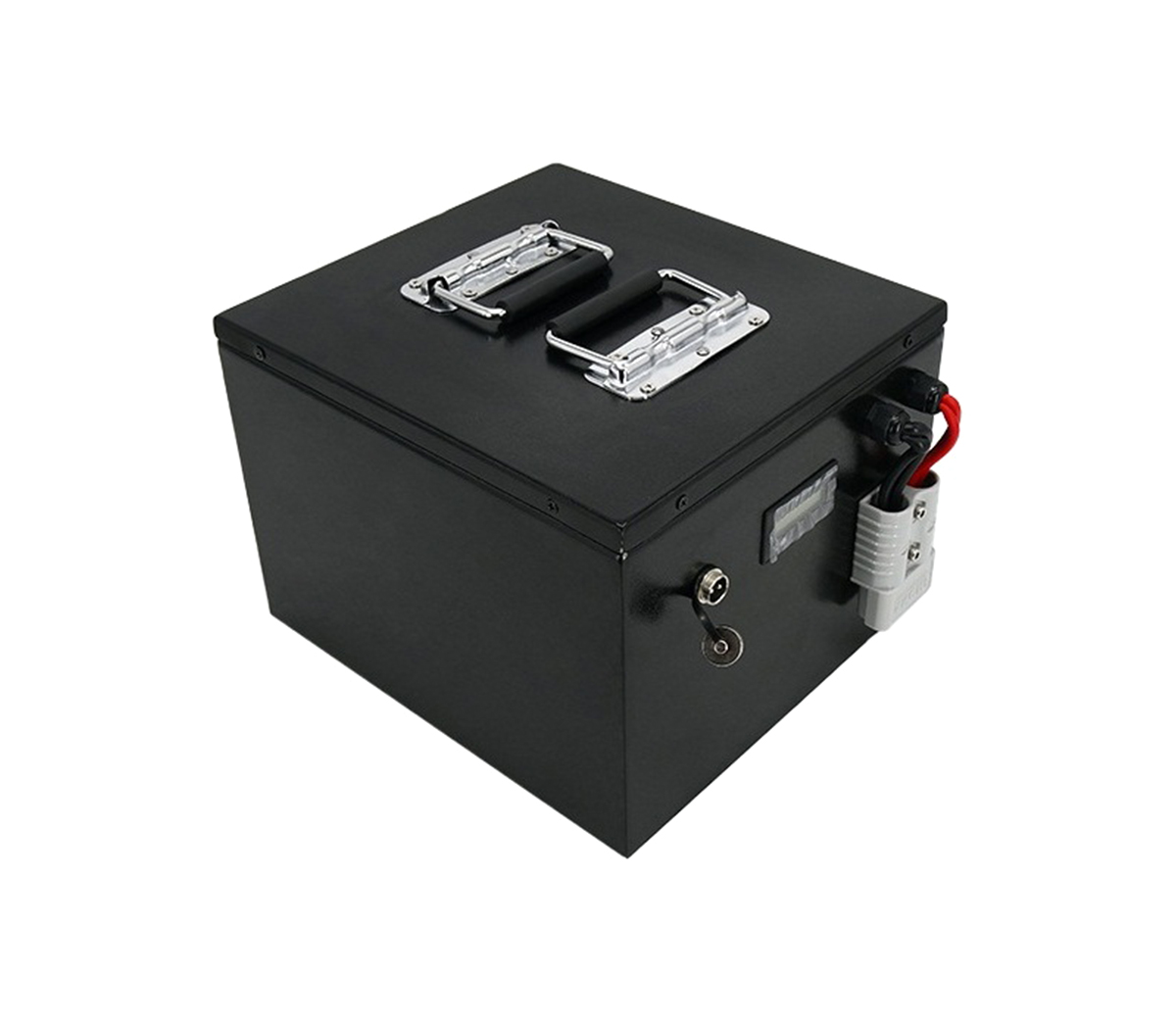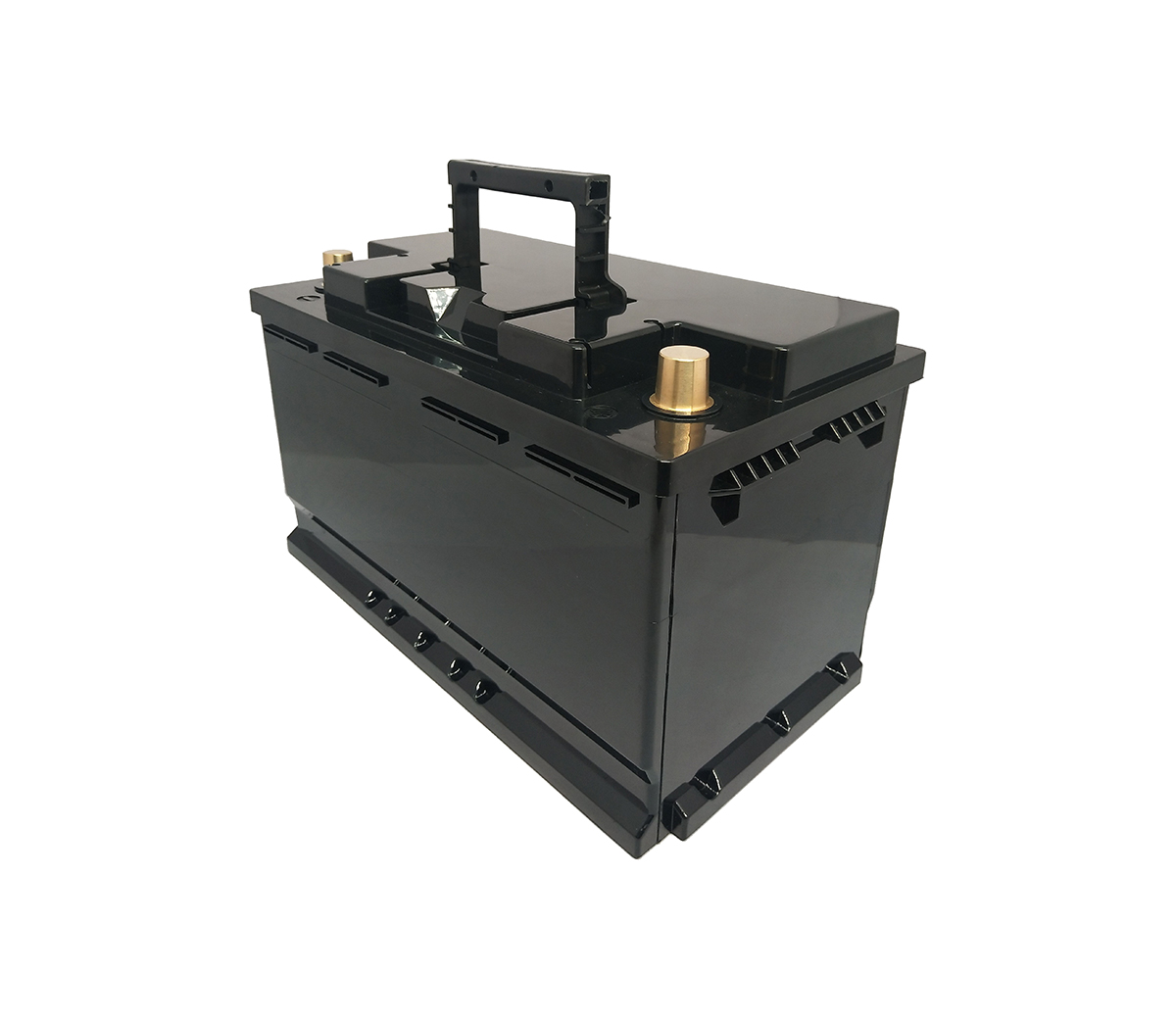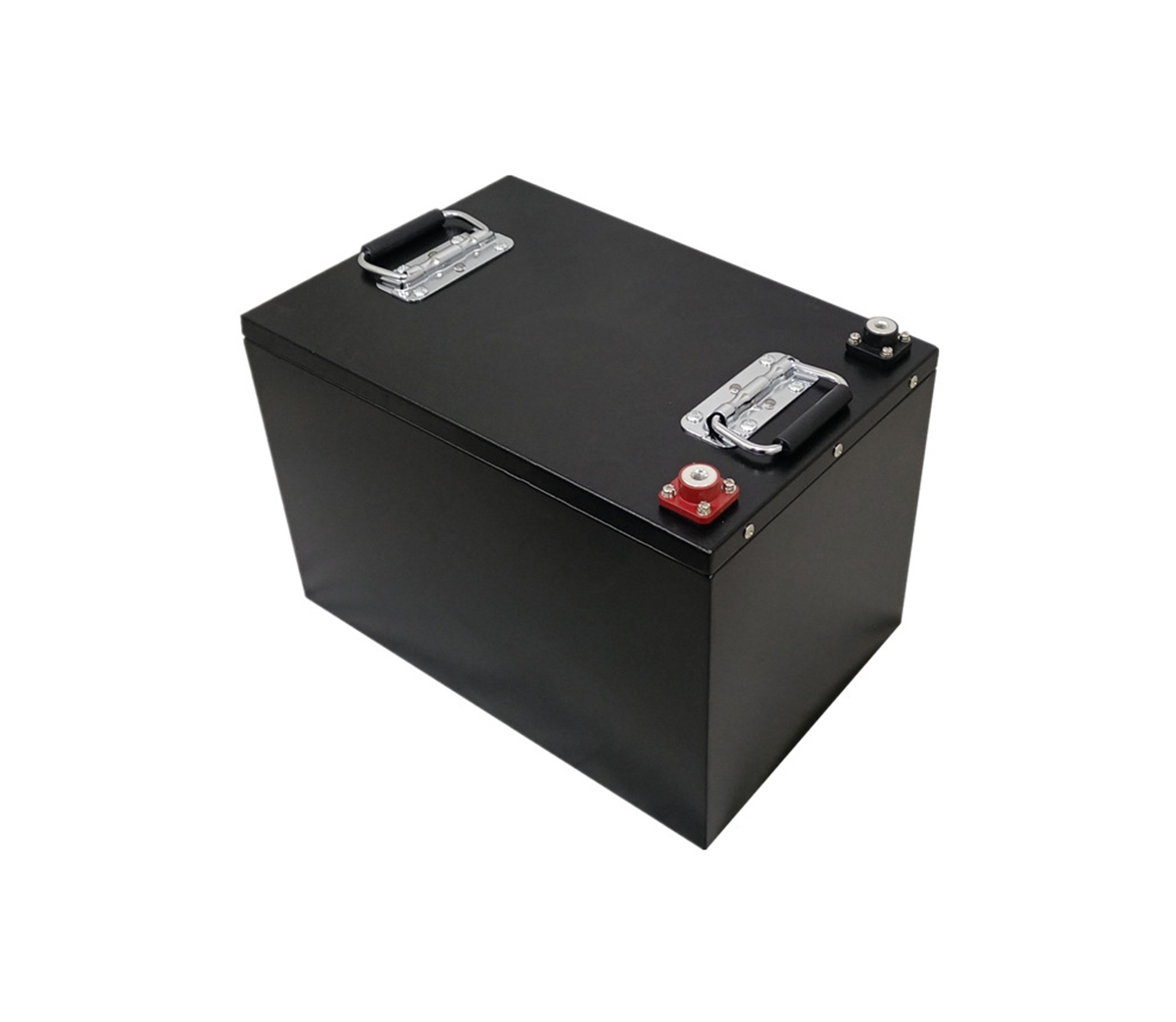Briefly describe the battery electronic control technology gap between BYD
and Tesla!
Guide: Tesla brought the spirit of Silicon Valley to North America with a
3.9-second acceleration of 100 kilometers and a 17-inch central control screen
that killed all physical buttons. BYD is closer to the Chinese character. It is
not adventurous or high-profile. It starts with the desire to popularize new
energy vehicles, penetrates the public transportation field, and gradually
develops low-priced, civilian-oriented hybrid and electric vehicles. In addition
to BYD and Tesla, more new energy vehicles will meet in China in the future.
The future of electric vehicles represents silence and patience. But the
Chinese and Western representatives on the cusp: BYD and Tesla have something to
say.
The situation of lithium iron phosphate and nickel-cobalt-aluminum
batteries
When the motor and control technology are well-documented and mature, the
most difficult dilemma and the biggest competition for electric vehicles come
from battery technology.
Tesla used a very small 18650 lithium cobalt oxide battery in the early
Roadster electric sports car. This battery is usually used in small appliances
such as mobile phones and laptops. Its biggest feature is its very high energy
density, almost reaching 170 Wh/kg. However, its thermal stability has been
criticized at the same time, and it will decompose and generate oxygen at about
180 degrees.
Tesla battery cell
Later, in order to compromise energy density, power density, and safety,
Tesla used a modified ternary battery nickel-cobalt-aluminum battery on the
ModelS, bringing the total number of batteries to more than 8,000, which is more
than 1,000 more than the Roadster. , But the cost has dropped by 30%.
Nevertheless, the very limited number of cycles is still a problem that shackles
the application of such batteries in electric vehicles. Calculated by the
frequency of charging once every two days, the battery will end in three to four
years.
Tesla's solution to this is to provide a "no-fault" battery warranty
policy, that is, as long as the battery is not damaged by man-made damage or
collision accidents, you can get an eight-year free warranty. And when the
battery life expires, Tesla will undertake the recycling and replacement of the
battery. Such a policy will put a lot of pressure on Tesla with the introduction
of entry-level models and the increase in sales. This may be one of the reasons
why it is preparing to build the world's largest battery factory.
In contrast, the lithium iron phosphate battery used by BYD is currently a
more widely used battery. Its advantage lies in its high thermal stability. The
structure is still relatively stable at 600 degrees Celsius. At the same time,
because ferric ions are not active, it is difficult to undergo chemical changes,
which makes its lifespan relatively long, which can theoretically be larger than
the entire vehicle. The long-term use cost is low. At the same time, the power
density of lithium iron phosphate batteries is relatively good, can be
discharged at a large rate, and has good acceleration performance.
BYD battery pack
However, compared to the ternary lithium battery, the energy density of the
lithium iron phosphate battery has no advantage, about 100~110 Wh/kg, which
leads to a shorter cruising range under the same weight condition, and it wants
to achieve higher It will inevitably need to increase the weight of the battery
and increase the cost.
In terms of overall performance, not all companies have Tesla's software
capabilities and battery management capabilities, so lithium iron phosphate
batteries are still more promising and more pragmatic battery types. This may be
one of the reasons why GM is preparing to adopt lithium iron phosphate
batteries.
Because of the characteristics of the battery, Tesla has carried out a very
in-depth design on its battery layout, thermal management system, and battery
management system to ensure that each battery cell is under supervision and its
status data can be fed back at any time ,deal with. For a single battery cell
with a small volume, Tesla independently enclosed it in a steel compartment. At
the same time, the liquid cooling system can be specific to cooling each battery
cell, reducing the temperature difference between each other, and relatively
reducing the spontaneous combustion of the battery. risk.
Tesla's accident was largely due to the partial short circuit of the power
line caused by the puncture of the battery pack. At present, Tesla can't solve
the situation that the battery pack is burnt and exploded under the extreme
damage of the impact force, but the high-strength protection has bought more
time for the owner to escape.
In fact, this is almost a potential common hazard of electric vehicles, and
puts forward very high requirements for the function of the battery management
system. In addition to daily monitoring of battery temperature and working
conditions, it is also necessary to immediately cut off high-voltage lines in
the event of rapid temperature changes or extreme collisions. The upgrade of the
thermal management system and the battery management system will also shorten
the battery charging time and bring higher charging efficiency.
In addition, how to ensure battery charging and use efficiency in a low
temperature environment is a problem that enterprises engaged in the research
and development and production of electric vehicles need to solve.
Another thing to mention is that Tesla has always promoted pure electric
vehicle products, and its high-end route, high-to-low product thinking, also
reflects from the side that the market is far from inclusive of electric
vehicles.
The "dual-engine dual-mode" car that BYD plans to promote in the future is
actually to promote plug-in hybrid cars as a transitional product before the
electric market is really opened. Compared with traditional gasoline vehicles,
hybrid vehicles are more fuel-efficient and reduce battery consumption. Taking
into account the policy subsidies for new energy vehicles, the cost of car
purchase has also been lowered, which is in line with BYD's product line of
civilianization.
Synchronous and asynchronous, the choice of motors
When the current leaves the battery and reaches the motor, the DC power
needs to be "transformed" into AC power that conforms to the motor drive through
the inverter, and then input to the motor, and the drive circuit drives the
motor to rotate and output torque. In terms of the idea of motor selection,
Tesla was conservative and adopted the current more mature technology and a wide
range of application areas of asynchronous motors, while BYD, which is
positioned as a civilian, has a little incomprehensible stubbornness and chose
relatively "difficult to bite". Permanent magnet synchronous motor.
There is no essential difference in the working principle between the two.
Both rely on the electromagnetic induction between the stator and the rotor to
generate and output torque. The asynchronous motor establishes the rotor
magnetic field through the stator winding, and the permanent magnet synchronous
motor, as the name suggests, uses permanent magnet material in the rotor part.
Choosing a suitable motor will also make up for the decrease in battery power,
which will save part of the battery cost.
The reserve technology of asynchronous motors is relatively mature,
reliable and long-lasting. It can almost be seen whether it is high-power motors
in factories, refrigerators and washing machines at home. This is a very
sensible and simple choice for expensive electric vehicles. But at the same
time, compared with other electrical appliances, the more detailed pursuit of
the electric drive part of the electric vehicle also highlights the shortcomings
of the asynchronous motor. In addition to the need to consume more power, the
rotor is also prone to heat, and the speed-up performance is relatively
ordinary.
In order to improve the disadvantages caused by asynchronous motors, Tesla
first wrote an article in the ESC section, using IGBTs to meet high-efficiency
power transformation control, and reorganizing the electrical connection between
the motor and the gearbox, so as to improve the motor's low temperature. Output
torque at speed.
The permanent magnet synchronous motor adopted by BYD has been greatly
improved in terms of efficiency and power density. Its speed-increasing
performance is faster than that of an asynchronous motor, and its structure is
simple, and it is relatively easy to maintain. However, its technical reserves
and application fields are not yet mature, and the high cost of rare earth
materials contained in permanent magnets has always been a chronic problem of
permanent magnet synchronous motors. BYD made such a choice, on the one hand, it
saves the adjustment of the drive device to the power demand, on the other hand,
it also brings difficulty to cost control. However, how to use the lower rare
earth materials for magnets to play their original performance may require BYD
to continue to think.
Integration and reshaping, who is closer to the future
With the advent of ModelS models, Tesla has repeatedly subverted its own
charging time, greatly expanded the number and coverage of super charging piles,
as well as leading car-making concepts and sales models, making it the "Apple"
of the automotive industry for a time. company. However, in the eyes of many
traditional auto companies, the emergence of Tesla is not enough to have a
disruptive impact on the auto industry. There are still many differences in the
understanding of the way new energy vehicles exist.
Among independent brands, "built Tesla in minutes" has become a buzzword.
BYD, also a new energy automobile company, took the lead in releasing bold
rhetoric. Recently, Geely's boss Li Shufu also expressed similar meaning. Going
back to the original, perhaps because behind Tesla's display of advanced
car-making concepts, it reflects its strong technical integration and
integration capabilities. From the perspective of its battery and motor choices,
Tesla intends to refine the existing and more mature technologies, reduce the
cost of innovation in basic product technologies, and maximize the integration
potential between components.
For auto companies that carry out basic technology research and development
and matching at the same time, Tesla is still difficult to be regarded as a
powerful auto company. Starting from high-end models, the temporary lack of
civilian models also makes it a "revolution in the field of new energy." "The
argument is a bit less convincing, but it is complementary to Tesla's
development history.
In fact, BYD, which has built cars for the same ten years, has not yet
established an absolute advantage in the field of new energy vehicles, and even
needs to often respond to questions and comparisons from all sides. But it is
worth noting that BYD and Tesla have different product ideas. Relying on the
vertical integration of the industrial chain, BYD has taken over most of the
independent production of parts and components. In addition, the core technology
and control unit of the dual-engine dual-mode also come from independent
research and development. Compared to Tesla's innovation and ultimate pursuit of
integration capabilities, BYD chose to find a breakthrough from the perspective
of emerging technologies, which is closer to the foundation of innovation, but
at the same time it also poses a great challenge to the company's reserves of
technical strength.
summary
Traditional auto companies have accumulated many years of experience in
car-making, but they are lack of skills and cannot invest too much energy in new
energy vehicles. The cart is turning the cart before the horse; while companies
that focus on new energy vehicles give their products more scientific and
technological colors, they are constrained by the lack of car-making experience.
It is also difficult to avoid blemishes.
Ten years ago, the electric vehicle market was almost flat, and there was
little interest in shrinking into a corner of automotive products. With the
technological breakthrough of lithium batteries, electric vehicles gradually
have three-dimensional and abundant opportunities. This opportunity is also a
long-awaited moment for companies pursuing new energy vehicles.
Tesla brought the spirit of Silicon Valley to North America with a
3.9-second acceleration of 100 kilometers and a 17-inch central control screen
that killed all physical buttons. BYD is closer to the Chinese character. It is
not adventurous or high-profile. It starts with the desire to popularize new
energy vehicles, penetrates the public transportation field, and gradually
develops low-priced, civilian-oriented hybrid and electric vehicles. In addition
to BYD and Tesla, more new energy vehicles will meet in China in the future.
Confrontation and competition first require the maturity and acceptance of
the market. Prior to this, new energy vehicles faced similar difficulties in
terms of technology, policy, environment, or product positioning. It's like
panning for gold from the sand at the bottom of the river. In addition to
constantly moving your arms and keeping your eyes focused, you also need time to
push your hands to sink the unnecessary turbidity back into the river, leaving
only the clarity.


































